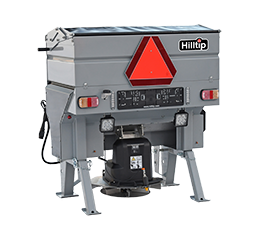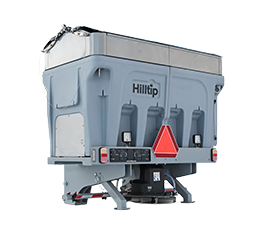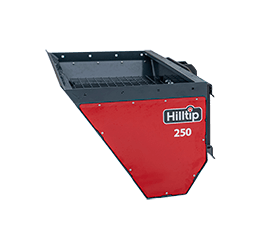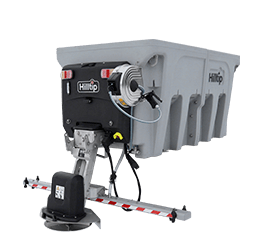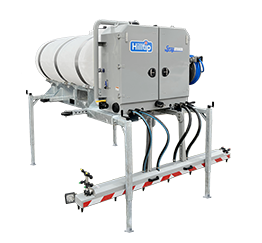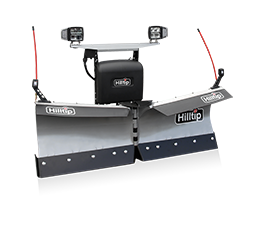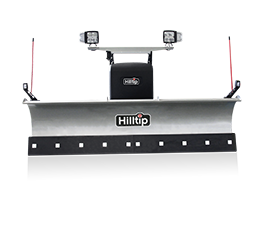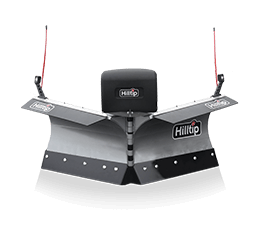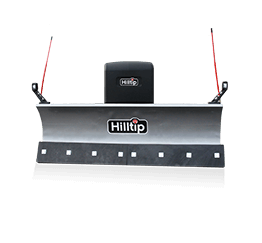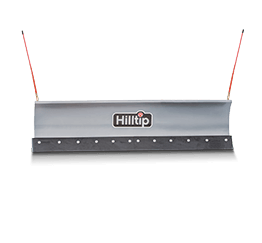Efficient snow and ice control management is not just a convenience; it’s vital for ensuring safety during the challenging winter months. As the winter season blankets roads and sidewalks with snow and ice, businesses and municipalities face the daunting task of keeping these surfaces safe for travel.
Choosing the right spreading equipment can be a critical decision for these entities, impacting not only their ability to maintain safe roads but also their operational efficiency and budget management. In this article, we delve deep into the heart of this decision-making process by exploring the key differences between two prevalent technologies: auger and chain (pintle chain) drive spreaders. Our aim is to provide you with the expert insights needed to make an informed and strategic choice that aligns perfectly with your snow and ice control management requirements.
Maximizing Efficiency with the Right Feeding System
Salt and sand spreaders are essential for road safety. Auger and chain systems are prominent in this field.
Auger systems excel with:
- Precision application, reducing waste and costs.
- Preferred feed system when salt is used.
- Consistent material flow.
- Lower environmental impact.
- Reliable, with minimal maintenance.
Advantages of a Chain Drive Feeding System
- Versatility.
- Handling a wider number of various materials.
- Higher material output enables higher vehicle speed when spreading.
- Preferred feed system when sand is used.
- User-friendly and efficient.
- High reliability, even with low-quality spreading material.
Cost-Benefit Review: Salt Spreader Auger Systems Versus Pintle Chains
When choosing between auger and chain drive systems, consider the following:
Initial Investment
- Auger systems are budget-friendly upfront.
- Chain drive systems are pricier initially.
Long-Term Operational Costs
- Auger systems reduce material waste.
- Auger systems have lower maintenance costs.
- Auger systems are labor-efficient.
- Auger systems minimize environmental impact.
- Auger systems often provide a higher ROI.
- Chain drive systems may require more maintenance.
- Chain drive systems may use more material.
In conclusion, while chain drive systems have a higher upfront cost, auger systems prove more cost-effective, both upfront and in the long run, due to precision, material efficiency, lower maintenance, and reduced environmental impact. Weigh both initial and long-term costs for an informed choice in snow and ice management. When ignoring the cost perspective, the advantage of a chain feed system is higher material output, which is useful when using sand, as it’s also capable of spreading low-quality materials.

